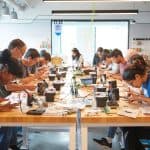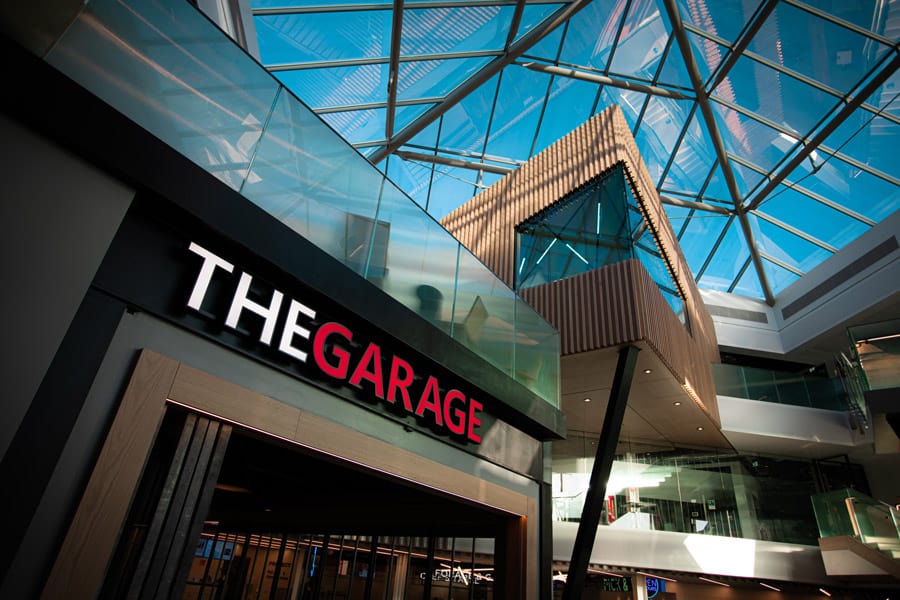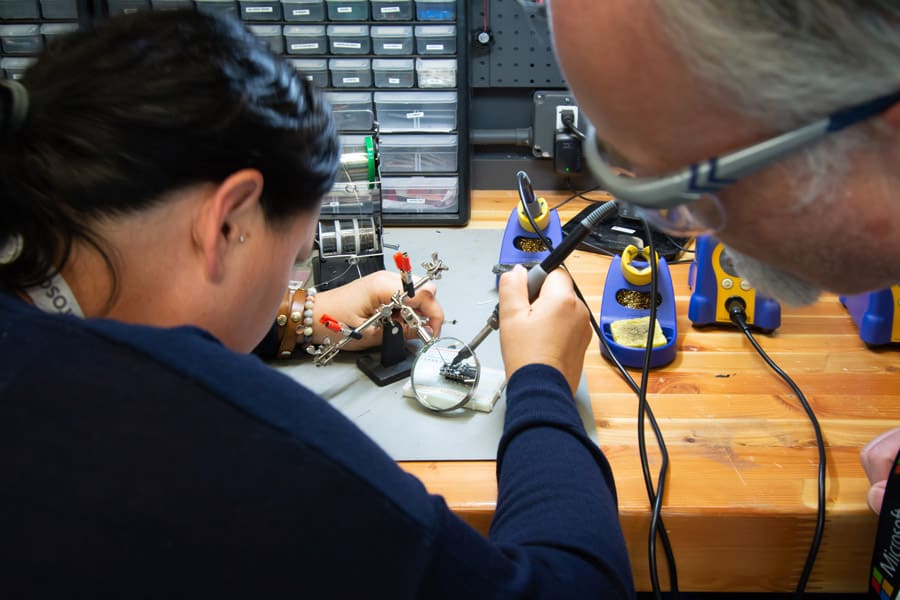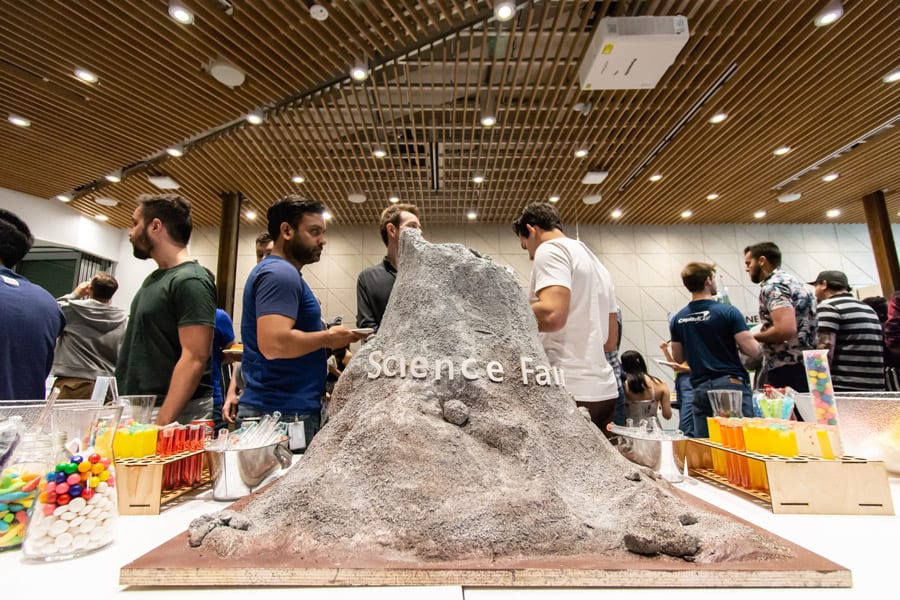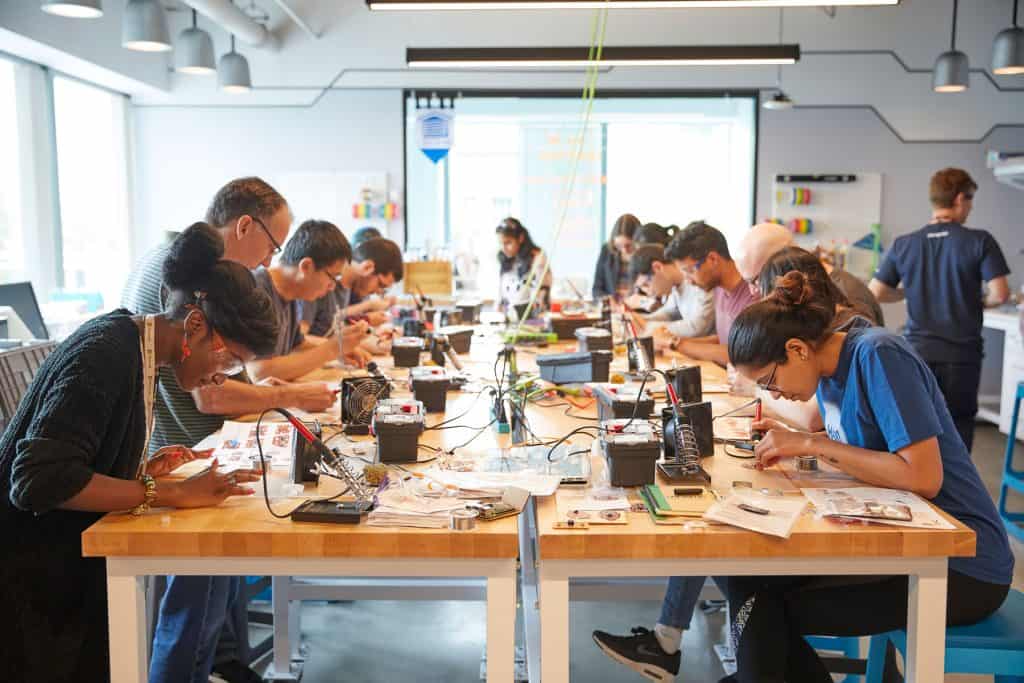By Greg Picken
Makerspaces are designed to inspire us to bring big and small innovative concepts to life by providing access to tools, knowledge and a community of makers. This shared space and equipment can range from design software and 3D printers, to metal- and woodworking tools, to art supplies and whatever else is needed to help people turn their ideas into reality.
In fact, this maker mentality is becoming so popular that Microsoft, one of the world’s largest technology companies, has created the Microsoft Garage as a way to power creativity and ingenuity, for the benefit of both the company and its employees.
With 12 locations around the world, including one in Vancouver, The Garage provides physical space, tools and guidance. As a result, Garage Program Manager Chris Richards has seen his colleagues given the freedom to experiment, to test, to fail—and to keep trying.
“The sites have a makerspace component, so they have a physical area with all the great tools,” Richards explained. “You want to prototype something, you want to build something, you just want to tinker, do arts and crafts, or if you want to go all the way up to robotics and embedded systems, we have everything you need.”
What makes The Garage work isn’t just the hardware, it’s also the mentality in the physical space, which Richards, an engineering physicist with a background in automotive research, says clearly puts Microsoft’s cultural priorities into action.
“It’s an environment of creativity and tolerance for the risk process in product development. If you have a crazy idea that just might work, The Garage is really good at figuring out what’s the fastest way to test that: Does your hypothesis hold water?”
The global network of garages is also home to the world’s largest private hackathon, the Microsoft Global Hackathon, where Microsoft employees are challenged to bring their most innovative and unique solutions to real-world problems.
“Last year in the summer, even working from home due to COVID, over 70,000 people participated,” said Richards. “This year, it’s in October, and we’re hoping to see even more Microsoft people and select external partners join us.”
With thousands of employees using the garages, for ideas that can be serious or whimsical, projects range from accessibility or quality-of-life additions for Microsoft programs to personal hobbies. This means there’s no one-size-fits-all approach to projects.
“We run the full gamut,” Richards explains. “A business leader might have identified a good market that we want to get into, but we’re not sure if we want to dedicate full resources to it. Through The Garage, they can put a small team together to go through ideation, market analysis, prototyping, and market research.”
“That’s one end of the spectrum,” he continues, “but on the other end is anything that someone is passionate about. I’ve had people coming and tinkering with 3D printers to make board game pieces, miniatures or custom cookie cutters.”
Richards even saw a small team working on a physical mute button for video calls.
Having experimented with his own fun side project to deepfake a departing colleague into a music video, Richards also appreciates that when you provide access to new tools and technologies, it’s important for users to understand proper ethics and safeguards.
“Fundamentally, what it comes down to is, yes, these tools can be used to do some gross things, but as ethical developers, if we want to counter those gross things, we have to understand how those tools work,” he outlined. “I learned a ton about how to recognize deepfakes. I see a little bit of pixellation here, a little bit of colour tone shift here, and I now know to ask, ‘Has it been faked?’”
For many Garage projects, artificial intelligence tools can play an important role, and experimenting with AI on these side projects is a great way for Microsoft employees to learn and expand their skill sets.
“AI will become a fundamental tool—it already has,” Richards believes. “For the people who are coming up in the system right now, going through their education and looking at careers, having a grasp on functional machine learning and artificial intelligence is going to be a pretty standard tool in your toolkit.”
While the people who work in The Garage are all highly trained tech professionals, Richards sees the same lessons and makerspace mentality fitting into the classroom, even with simple tools and supplies.
“From an experiential point of view, when you make something happen with your hands, that’s exciting,” he enthused. “You get that rush, the first time you make the light come on, or the buzzer sound, or the motor rotate. That’s magic.”
Learn more by visiting the Microsoft Garage website.
Microsoft Garage Projects
Many digital projects have roots in The Garage. Some may be incorporated into existing Microsoft software, some may end up as their own standalone tools, with the best recognized on the The Garage Wall of Fame.
- Seeing AI – Harnessing AI in an app to help the visually impaired navigate their world
- Watch For – Deploys AI for analyzing and surfacing the most interesting elements of a livestream in real-time
- Farm Beats – A data-driven farming project designed to make AI available to farmers around the world, increasing farm productivity and reducing costs
